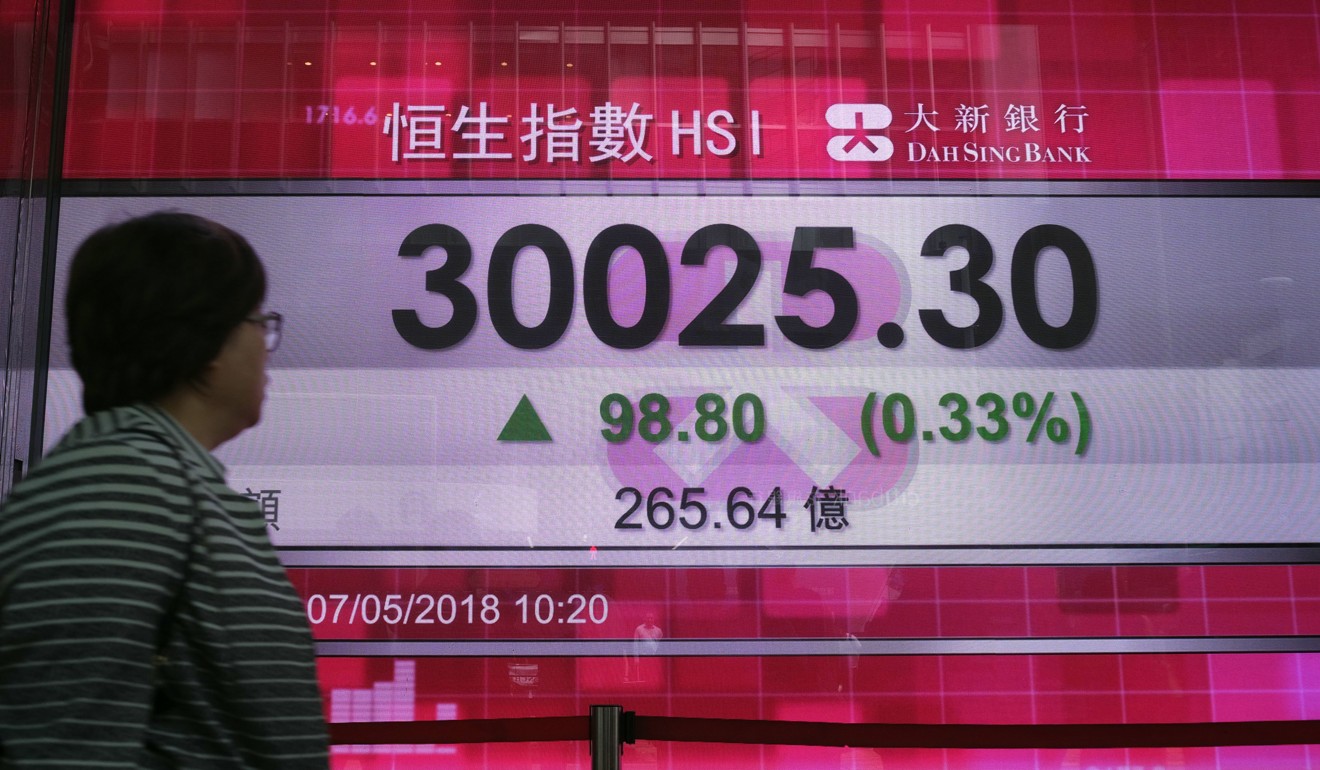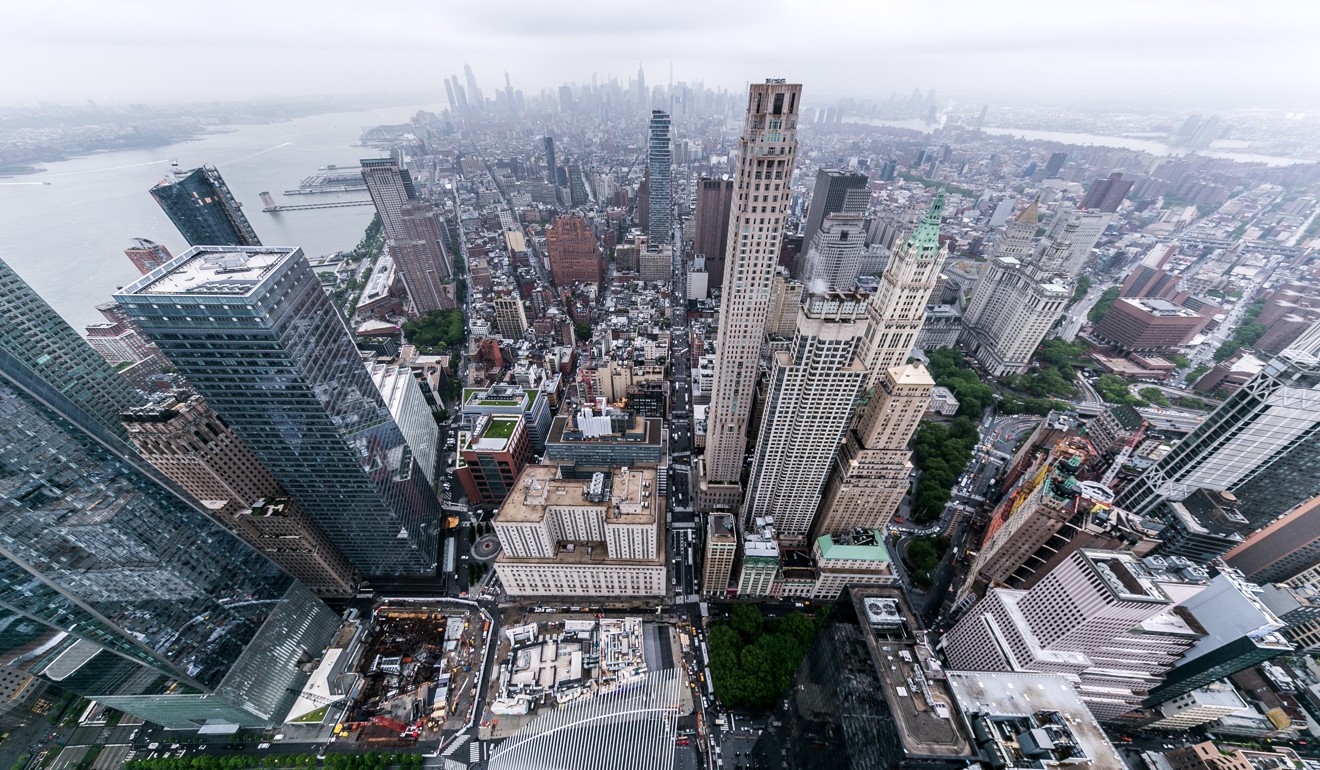
Why the Fed’s predictable interest rate rises make high-yield bonds and even equities look attractive
Tai Hui says a modest rate increase every quarter should not rattle markets, but it will prompt a look beyond safer fixed-income options

A piece of good news is that the Fed policy outlook is boring and predictable. In recent years, the central bank has improved significantly on communicating its policy intentions to minimise volatility.
Context is important when it comes to rate increases. Both the pace and level of a rate rise influence asset returns
The Fed’s rate setting committee, the Federal Open Market Committee, provides its forecast on growth, inflation, unemployment rate and policy rate every three months. In its March forecast, members were largely split between three or four hikes for 2018, implying around one rate increase per quarter.
The relative strength of the US economy should allow for four hikes this year, with the Fed funds rate ending 2018 in the range of 2.25-2.5 per cent.
Many investors fear higher rates, since they see this as a threat to growth. However, context is important when it comes to rate increases. Both the pace and level of a rate rise influence asset returns.
In recent years, the increase in policy rates effectively took US monetary policy from a “state of emergency” to a more normal, but still accommodating, position. Now that the US economy is back to full employment, such extreme measures are no longer necessary.

Nevertheless, investors may still be concerned that climbing rates – even from an abnormally low base – will eventually curtail economic growth. This is certainly true in the long run, as the purpose of tightening monetary policy is to cool overheated economies, but at what point should investors really start to worry?
This rate rise cycle is notably more gradual compared with previous cycles
There are many ways to think about the interplay between interest rates and economic growth. One is to consider the level of real interest rates, or the interest rate minus inflation, to see how tight monetary policy is in reality. With headline inflation at 2.5 per cent in April 2018 and the policy rate at 1.5 per cent to 1.75 per cent, the real policy rate is still negative at around minus 1 per cent.
Historically on average, real policy rates six months prior to the last three recessions (1990, 2001, 2007) were a positive 3.1 per cent. Rising interest rates can be expected to eventually put downward pressure on growth; however, we are still some way from the cost of borrowing being a threat to economic expansion.
Watch: What does the Fed interest rate rise mean for Hongkongers?
The pace of rate rises is also important. This rate rise cycle is notably more gradual compared with previous cycles. For example, over a two-year period between June 2004 and June 2006, policy rates were raised 17 times from 1 per cent to 5.25 per cent. That’s one 0.25 per cent rate hike at every meeting, with eight meetings scheduled per year. Four rate hikes in 2018 would be half of that pace.
The pace of rate rises is expected be modest but it will create a more difficult environment for fixed income and bonds
The pace of rate rises is expected to be modest but it will create a more difficult environment for fixed income and bonds, as higher interest rates mean lower bond prices. Therefore, investors will need to find bonds with sufficiently high coupons that can help offset the decline in bond prices to maintain a positive total return. High-yield corporate credit and emerging market debt belong to this category. They are also supported by strong economic growth, which should help keep defaults at a low level.
Finally, interest rates rising from a low base have historically actually benefited equities, contrary to popular misconception. The interest rate increase in the US should be viewed as a positive reflection of the Fed’s confidence in the economic outlook. This is good news for company earnings around the world, translating as a positive for equities, particularly for sectors that benefit from strong growth, such as banks, discretionary consumption, energy and materials. Eventually high interest rates will be a brake on growth, but we are still some way from this level.
Tai Hui is chief market strategist Asia-Pacific at J.P. Morgan Asset Management

